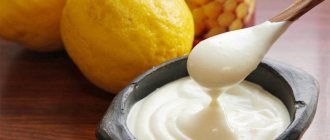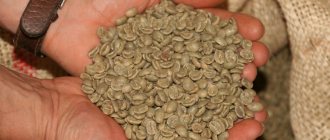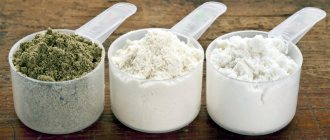GOSTs regulating the shelf life of tea
The main GOST regulating the procedure for storing tea products in the Russian Federation is GOST 32593-2013. It describes the main characteristics of tea products - taste, aroma and appearance of different varieties.
In addition to this GOST, there are others that regulate various types of tea:
- GOST 1937-90 for black long leaf. The document specifies requirements for packaging, movement and storage. In addition, it indicates various ratios of various impurities. The shelf life according to this GOST is set at 8 months.
- GOST 3716-90 and GOST 1939-90 for green. The document GOST 3716-90 specifies the rules for storage, sorting and transportation. According to GOST 1939-90, green tea can be stored for 1 year from the date of packaging.
How long can it be stored after heat treatment?
Tea leaves . Once you have prepared the tea in the teapot, it should be used within 30 minutes.
If you did not get completely brewed tea during this time, then the leftovers should be placed in the refrigerator, but no longer than 24 hours .
Green tea can be stored in the refrigerator for no longer than 12 hours.
Thermos . It is not recommended to store a tea drink in a thermos for a long time, since the drink loses its usefulness.
In such a closed environment, bacteria , and the level of caffeine in the drink itself increases.
Shelf life of different types of tea
There are more than 10 types of tea, not to mention the varieties, of which there are several hundred. This diversity is due to the fact that each variety has its own production technology. In addition, different varieties have their own shelf life.
Black
Black tea has a fairly long shelf life due to the peculiarities of production. The product is subjected to special heat treatment, during which all bacteria and microbes are destroyed. This ensures that it can be stored for 2 to 4 years from the date of production.
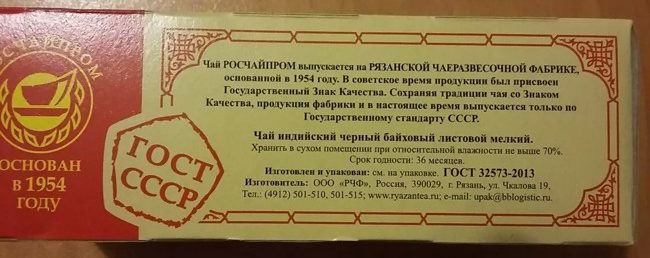
Green
The shelf life of green Chinese or Ceylon leaf tea should not exceed 1 year. It is recommended to buy this product in small portions weighing 30-50 grams in order to consume it in a short time, because... it quickly loses its beneficial qualities.
Yellow
For yellow tea, the shelf life can vary from 6 to 12 months. The important thing is that the fresher it is, the more health benefits it will bring.
White
From the moment of packaging, white tea is stored in a warehouse to complete fermentation, after which it must be consumed as soon as possible, usually up to 6 months. The product does not tolerate cargo transportation and sudden climate changes.
Ulunov
Chinese oolong can be stored for several years, provided the product is placed in special refrigerators where a constant low temperature is maintained.
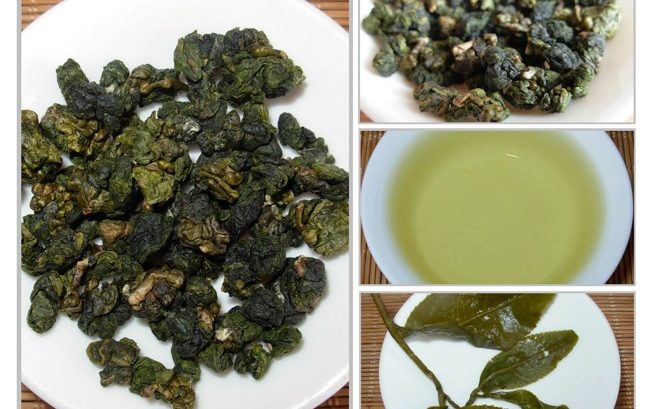
Puerh
Pu-erh is a special product made from fermented camellia sinensis leaves. The tea material is pressed into one of the traditional forms (brick, cake, mushroom and tablet). After this, the product is sent for storage in a special room, where it can remain for decades. Over time, pu-erh does not deteriorate, but, on the contrary, acquires a rich aroma and beneficial properties.
Results
In principle, each person gives himself the answer to the question “is it possible to drink expired green tea, gray or black.” But anyone who cares about their health will definitely not do this. Still, you shouldn’t drink a drink that’s actually made from garbage. And in Russia they sell not just tea garbage. We pay money for waste that has expired - with fungi and a lethal dose of chemicals added during processing.
Since this tea is expired, there is no point in even talking about its color, aroma and taste. At best it is the so-called hay aroma. Or the aroma of the place where it is stored.
Most often, this tea contains aflatoxin. This is a waste product of dangerous fungi. It causes irreversible liver damage. In order to give this “garbage” a marketable appearance, the manufacturer, as a rule, adds a dye. Taste and aroma are also regulated by the chemical industry. During aromatization, the remaining active antioxidants and L-tannin (an amino acid that calms the human brain) are destroyed. In general, everything for which tea is consumed.
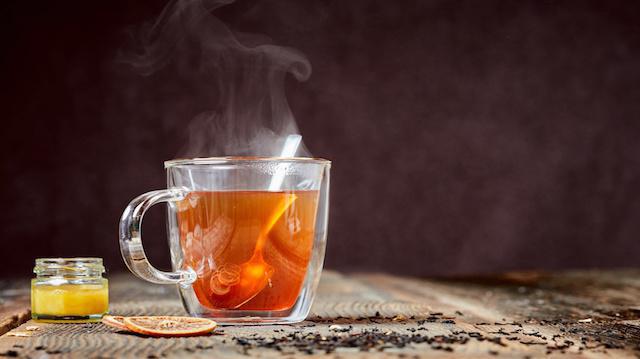
So, if you are watching your health, if you are a thinking person, watch what you use in your diet. Drink fresh, high-quality loose leaf tea. After all, health is more valuable! Think about yourself. A good, invigorating drink from a ceramic cup (instead of slop in a plastic cup) is exactly what you need.
In a word, high-quality fresh tea in the morning, at lunch or after dinner is wonderful, tasty and healthy!
How long can tea bags be stored?
It is recommended to store tea bags in sealed packaging for about 6 months.
Boxes and boxes for storing tea bags
Storing tea is no less important a process than brewing it. How long the drink will have its beneficial properties and aroma depends on proper storage. For long-term and high-quality storage, special containers should be used. These can be containers, jars, boxes or boxes.
It is preferable to use tin or ceramic cans, as well as special boxes and caskets made of wood.
Such containers can protect tea bags from harmful sunlight and foreign odors. Do not forget that each variety must have its own container, otherwise the new batch will absorb the smell of the previous one. If this is not possible, the box can be washed and dried thoroughly.
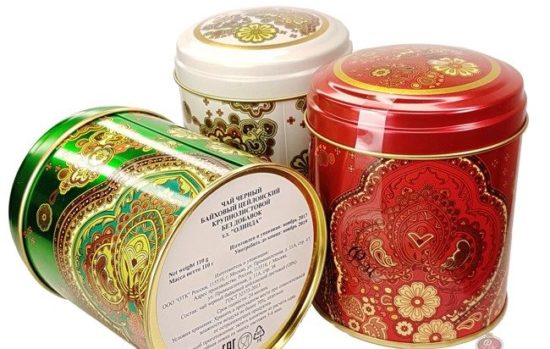
Storage time depending on the type of packaging
- loose tea retains all its beneficial qualities for one year. Manufacturers put an expiration date of two years on the pack, but it is better to choose the most recent one by date. In open packaging, loose tea is used for about a month.
- Pressed is a by-product of production. Due to their shape, tea leaves will retain their beneficial properties for a long time, which means they can be stored for up to eight months.
- The bags contain tea of inexpensive varieties, so they can contain tea dust and impurities from other types of tea. In this regard, the shelf life will be only six months in a closed package.
Shelf life of brewed tea
It is recommended to consume brewed tea within 5-10 minutes from the moment of brewing. It is at this moment that it is able to convey all its beneficial and healing properties. If the drink sits for more than 2 hours after brewing, all the beneficial substances in it will simply oxidize and disappear, and, consequently, its shelf life will come to an end.
Such a drink will not cause any particular harm to the body, but you should not expect any therapeutic effects from it. In addition, it will lose its pleasant taste and become sharp and bitter.
What determines the shelf life?
Wine is produced not by humans, but by bacteria. Specialists only maintain the necessary conditions (temperature, lighting, sugar percentage, acidity, etc.) for some microorganisms - wine yeasts - and prevent the proliferation of others that produce vinegar and mold.
But even after the drink is placed in bottles, they do not die there, but only “go to sleep” and come to life again under favorable conditions. The awakening of any bacteria negatively affects the drink, so during storage the main thing is to avoid this.
The shelf life of wine depends on the following components:
- Type of wine. More specifically, on the level of alcohol, sugar, acid and tannins.
- Composition. The use of special grape varieties allows wine materials made from them to age for a longer period of time.
- Production technologies. Modern alcohol production, to reduce the cost of the final product, very often uses analogues of natural ingredients and preservatives, which increases the warranty period, but reduces the quality of the drink.
Is it possible to drink tea after the expiration date?
You cannot drink tea after the expiration date, because... It not only does not contain beneficial properties, but can also harm the body. An expired product can significantly increase fluoride levels in the body. Excess fluoride compounds can lead to osteoporosis and muscle weakness.
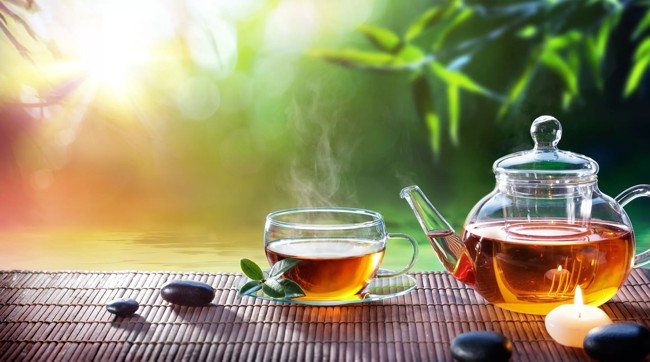
In addition, expired tea can contribute to the formation of bone spurs, lead to joint pain and fusion of the vertebrae. An increase in the amount of fluoride due to the consumption of an expired product can provoke the development of kidney disease and also destroy tooth enamel.
Where and how to properly store cognac
Open containers require special conditions
The product is not stored in light or in hot rooms; it is important to choose the right container. Otherwise, noble alcohol will very soon lose its taste.
Let's analyze each nuance in detail.
The influence of packaging
People often wonder whether it is possible to store opened cognac in a plastic bottle. Common utensils. It is cheap. Ease, prevalence. Sometimes used to sell homemade alcohol - homemade cognac drinks. It is unacceptable to use such containers!
Plastic is only suitable for transportation, short-term storage no longer than two days. Only draft beer can be stored in plastic containers, but not champagne or wine.
Suitable containers for storage:
- oak barrels;
- glass bottles;
- glass jars.
Unsuitable:
- plastic containers;
- plastic barrels;
- metal utensils;
- any open vessels.
Dark glass is ideal. In the absence of such vessels, we recommend taking an ordinary jar. Preferably the right size. We try to reduce the air gap and slow down oxidative processes. Just don’t pour it right up to the cap. Leave 0.5-1 cm of void.
For small remains of open cognac, it is convenient to use dark glass pharmacy bottles. Don’t forget to rinse thoroughly, rinse with boiling water, and dry.
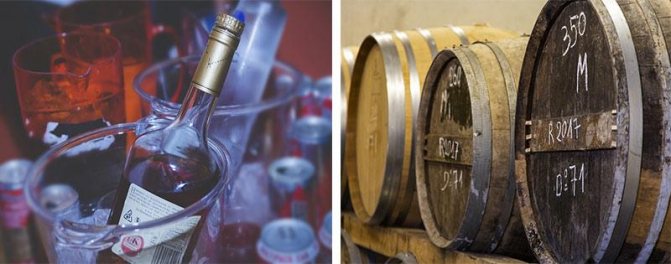
Methods for storing cognac in barrels or bottles
Storage position
Cognac has little in common with wine. Therefore, no tilting. No wetting of the plug is required. On the contrary, containers must take a strictly vertical position. Especially if there is a metal lid. Therefore, there is no need to reinvent the wheel and measure inclination angles. We look for a suitable shelf, we put it together, we forget. We are trying to ensure peace. We carefully check it periodically without shaking. Cloudiness and sediment are a bad sign.
Tightness
You cannot open cognac in advance. Uncorking a whole bottle for two biscuit spoons is a crime. Maintaining tightness is an integral rule. The product is perfectly stored in an open container for a long time. It is impossible to get poisoned. Only gradually the aroma, velvety taste, strength, and deep notes are lost. Glass does not allow air to pass through. The main problem is the lid.
Corks and wooden plugs are suitable. Sometimes the internal parts of metal caps are coated with similar materials. An extra measure. If open, drunk cognac is stored vertically, there will be no contact.
Full tightness is required. The best way is to fill the cork with sealing wax. This is the name of a fusible resinous mass for clogging and sealing.
Light
High-quality cognac should retain its taste, color, and aroma as much as possible. Characteristics are destroyed under the influence of ultraviolet radiation. We forget about window sills, kitchen tables, open bars, sideboards. Let dishes, vases, and cognac glasses be stored there.
Dark glass provides some protection. Only most types are available in transparent containers. Therefore, we are looking for a dark place. Sometimes elegant velvet covers are specially sewn, cases, high-quality boxes, chests, and wooden boxes are used.
Temperature
Optimal storage temperature is +5-15 degrees. Increases up to +20 are allowed. Alcohol cannot be stored at low temperatures. Do not use hot rooms. A common question is: can cognac be stored in the refrigerator at home? Collectors use special premises. Opened bottles can be stored in the side door of the refrigerator. Clogged containers are removed further.
Where is open cognac best stored?
When choosing indoor conditions, we give preference to the coolest places. This is the bedroom, hallway, living room.
The worst option is to put the opened cognac in the freezer. Noble alcohol will completely lose its taste and aroma obtained through infusion. Precipitation may occur. The product kept at low temperatures is suitable only for some baking. For example, we add a couple of spoons when kneading dough into thin brushwood.
Only high-quality, aged, real cognac is stored well. Short expiration dates should be alarming. When purchasing, we carefully study information about the manufacturer, place of manufacture, evaluate transparency, and exclude the presence of sediment.
Previous DrinksHow to properly store moonshine, in what and for how long Next DrinksExpiration date of Martini
Tea storage conditions
Like any food product, tea has its own limited shelf life and storage recommendations.
In factories and stores
In warehouses and stores, tea is stored separately from other goods, especially spices. Boxes or crates with the product are placed at a distance of 50 centimeters from the walls and 10 centimeters from the floor.
An important aspect is also maintaining the air humidity level, which should not exceed 70%, otherwise the product will quickly deteriorate, mold will begin to develop in it and a musty smell will appear.
The head of retail stores, Li Yong, tells how to store different types of tea correctly and in what way so that it does not lose its beneficial properties.
At home
When storing tea at home, several basic points should be observed:
- Temperature. For regular bagged teas, room temperature is suitable, while more expensive varieties should be stored in a cool room. In some cases, for example, when storing oolongs, the use of refrigeration chambers is required.
- Air. The room must be well ventilated, otherwise the product will acquire a musty odor and will have to be additionally ventilated for several days before use. This applies to varieties that do not require refrigeration.
- Humidity. Tea should be stored at sufficient humidity, which should not exceed 70%.
- Light. The product must be protected from exposure to sunlight.
- Commodity neighborhood. Tea strongly absorbs surrounding odors, so you should not place it near odorous foods.
In what container should tea be stored?
According to recommended standards, tea leaves should not be stored next to foods that have a strong odor - especially spices.
To preserve the beneficial properties of the product and increase its shelf life, it is worth choosing the right container.
In tea packaging and special dishes
The leaf tea variety is usually sold in foil, paper or canvas packaging. In what container should the product be stored:
- Double-sided snap bag.
- A wrap-up bag or a bag secured with a special strap. In such containers, the quality of tea raw materials is preserved for no more than three months, provided that it is kept in a sealed cabinet drawer, where odors of seasonings and moisture do not get in.
- Foil bag. The coating will prevent the penetration of third-party aromas.
- Glass jar. Each variety is in a separate jar with a lid and rubber gasket. The shelf life of loose leaf tea in glass containers is six months. It is better if the glass is opaque and the jar is in a dark place.
- Metal can. This container is better than its glass counterpart. Storage in an iron can allows the product to be consumed for 6-9 months. The container should be placed away from heating and heating devices, since metal tends to absorb heat.
- The best storage option would be a container made of porcelain or clay with a tight-fitting lid.
Polyethylene and plastic jars are not suitable: in the first case, the tea leaves will simply suffocate, in the second, the taste and smell will deteriorate.
General recommendations for containers for storing loose leaf tea
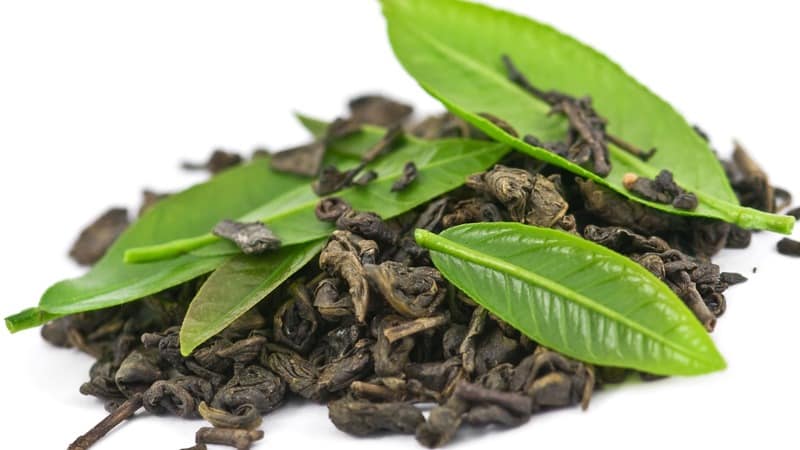
The material from which the container for storing tea raw materials is made should not allow light or air to pass through and should not have its own odor that could mix with the tea. Be sure to have a tight lid to seal the container.
Do not compact the tea leaves so as not to damage the leaves and release enzymes and aroma in advance.
Each variety and subtype of tea drink should be stored in a separate container. You can't mix flavors.
How to understand when buying that tea is expired
To avoid buying expired tea, you should adhere to the following rules when choosing:
- You need to look at the production and packaging date on the packaging. If the expiration date is coming to an end, it is better not to buy the drink.
- You should pay attention to the possible presence of mold and mildew in tea packaging.
- You need to carefully examine the appearance of the product. You should not buy a product with an uncharacteristic color or other different external features.
- If you need to buy loose tea leaves, you should pay attention to its aroma. It should not be musty or absent altogether.
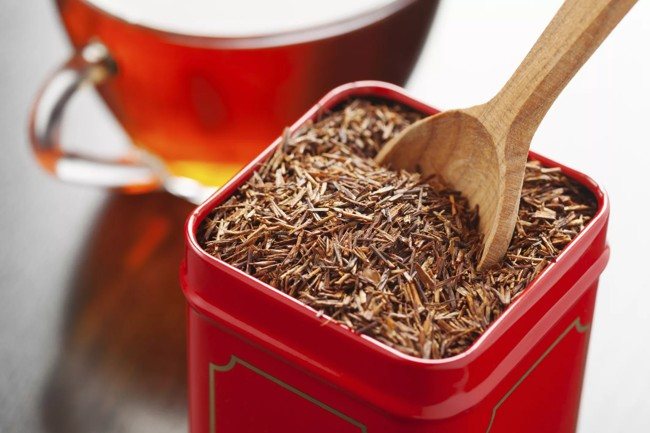
Tea requires not only proper brewing, but also storage procedures. If you carefully follow all the details of storage, you can not only preserve its beneficial properties, but also improve its taste. Of course, like any food product, tea has a limited shelf life, after which it is better to stop using it.
Does expired tea still taste good?
Fresh tea is determined visually, by taste and smell. Its main features:
- the tea leaves match in color and size; when you try to rub them between your fingers, they crunch but do not break;
- there is no tea dust at the bottom of the box (meaning the bagged version);
- when opening the sealed package, a bright pleasant aroma is felt;
- The brewed drink is clear, slightly tart, and foam forms on top, which lasts for several minutes.
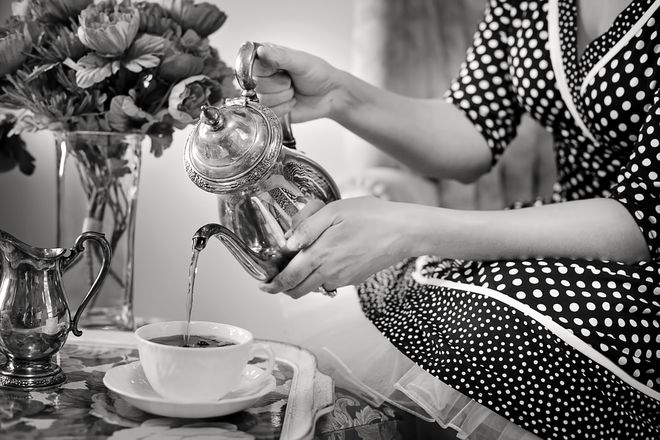
Over time, the essential compounds from the tea leaves completely evaporate, so the pleasant smell disappears. The specific tart taste of the finished drink is also lost. The structure of dried leaves changes: sometimes they simply crumble like dust.
